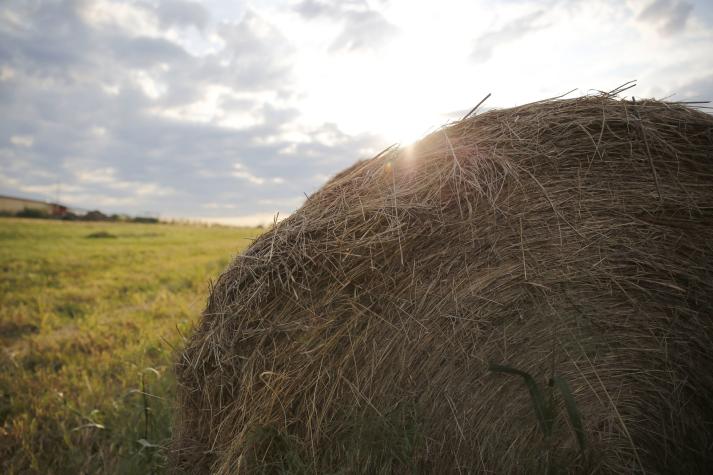STOCKTON, Mo. – “Hay harvest is approaching, and producing high-quality hay reduces cattle supplementation,” says Patrick Davis, University of Missouri Extension livestock field specialist.
Davis discusses harvest management strategies to achieve optimal hay quality.
“Timing of hay harvest is crucial for producing high-quality hay,” he says. Harvesting should take place at the boot stage or earlier. “Harvest delay will reduce hay quality, causing additional supplementation during feeding.”
“Harvest height is critical to plant persistence and hay quality,” Davis adds. Legumes store carbohydrates underground, allowing them to be cut closer to the ground with minimal impact on the stand. In contrast, grasses store their energy reserves aboveground, so cutting too close to the ground depletes their energy reserves, leading to stand loss. Adequate grass height is necessary to develop strong root reserves belowground, which are essential for absorbing sufficient moisture and nutrients. Additionally, harvesting closer to the ground increases the amount of stem collected, which reduces forage quality, leading to extra supplementation during feeding. Hay harvest minimum height for legumes is 2 inches, 4 inches for grass/legume mixes and 8-10 inches for native warm-season grasses.
For further guidance on harvesting hay to ensure optimal quality, Davis recommends reaching out to your local MU Extension agronomy or livestock field specialist.
